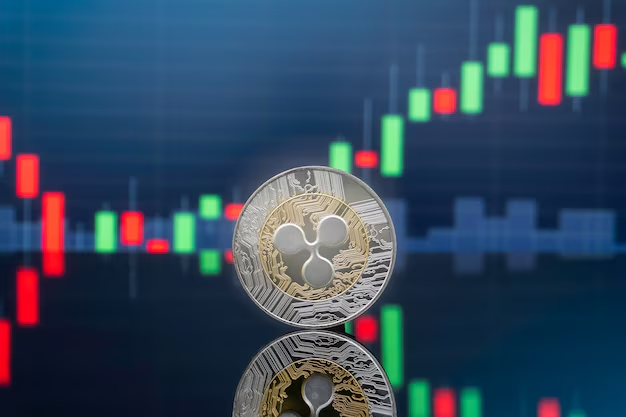Jordan Love and the Green Bay Packers are off to a 2-0 start.
Getty Images
The Green Bay Packers are, once again, one of the NFL’s better teams.
The Cleveland Browns are, once again, one of the league’s doormats.
It’s why unbeaten Green Bay (2-0) is a 8-point favorite at winless Cleveland (0-2) Sunday according to betmgm.com.
The money line is also Green Bay -500.
Most expect this to be a Packers’ rout, and it very well could be.
But Green Bay knows taking anyone in this league for granted can prove costly.
“I think if you look at their roster, the paper, who they have on that team, what they can do, they got a lot of talent and things can turn around quickly for them,” Packers safety Xavier McKinney said. “We just got to kind of keep that in mind and know we not just walking into something and they just going to lay down. That’s not what they going to do.”
The Browns certainly haven’t laid down on defense.
Far from.
Cleveland is allowing an NFL-best 191.5 yards per game.
The Browns gave up 141 yards to Cincinnati in Week 1, including just seven in the second half, but still lost, 17-16.
Cleveland has given up an NFL-best 45.5 rushing yards per game and just 2.1 rushing yards per attempt.
“The biggest thing is our defensive line is much, much improved over last year and I think we’ve got back to our personality,” defensive coordinator Jim Schwartz said recently. “When we play our best, our D-line leads us there as our engine.”
The Browns rank third in the league in passing defense, allowing just 146.0 yards per game. Cleveland has also gone 30 straight games without allowing a 300-yard passer, the longest active streak in the NFL.
Defensive end Myles Garrett has already notched a team-high 3.5 sacks. Garrett also has six tackles for loss, five quarterback hits and 10 total tackles.
“He’s a game-wrecker,” Packers coach Matt LaFleur said of Garrett. “Yeah, you’ve got to be really intentional about what you’re trying to get done, because if you have a bad matchup, forget about it. This guy can make it ugly in a hurry. So you’ve got to be really conscious of where he is aligning first of all, but also what you’re asking your guys to do.”
Rookie defensive tackle Mason Graham — the fifth pick in April’s draft — has tremendous upside. Linebacker Devin Bush (15 tackles, one sack) is off to a fast start. And there’s talent in the secondary.
That’s why the Packers know they can’t sleep on the Browns — even though it might be easy to do.
“We just got to continue to stay focused and we got to be ready to play,” McKinney said. “Already they in a tough division and they play hard over there. A physical team, they have a physical division, so we got to be ready to come with what we got.”
Source: https://www.forbes.com/sites/robreischel/2025/09/17/why-the-green-bay-packers-must-take-the-cleveland-browns-seriously—as-hard-as-that-might-be/


